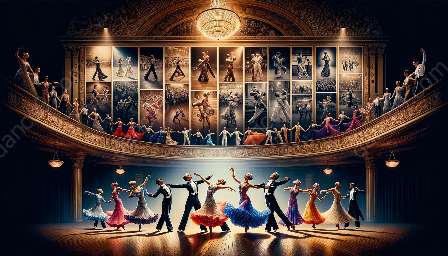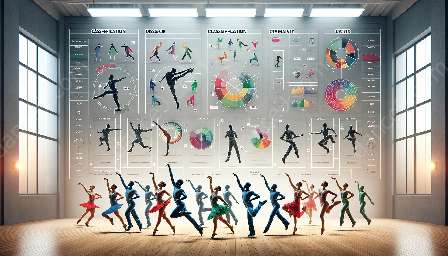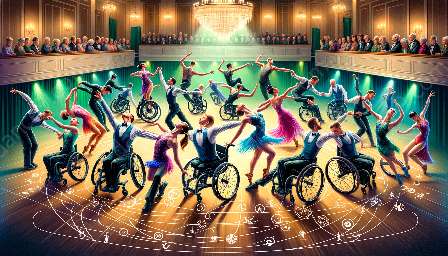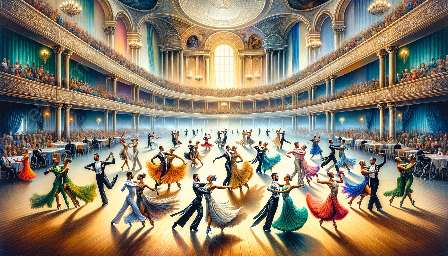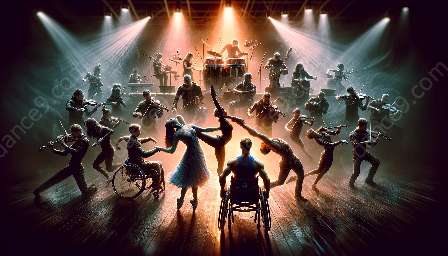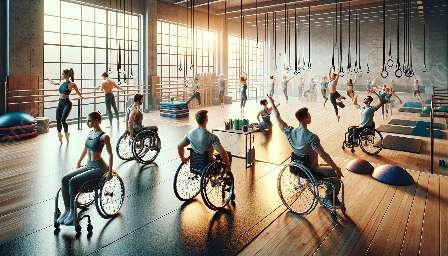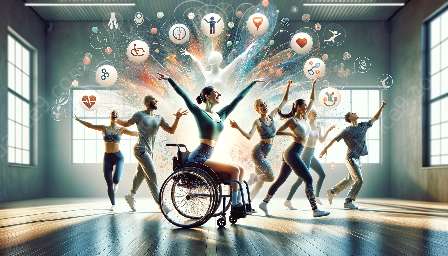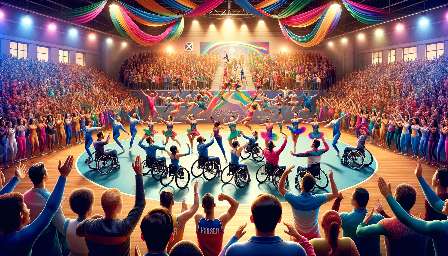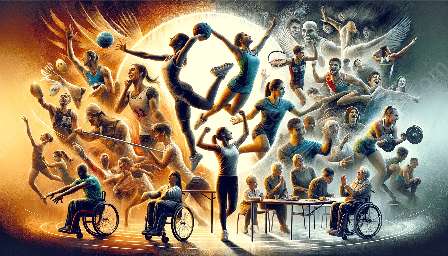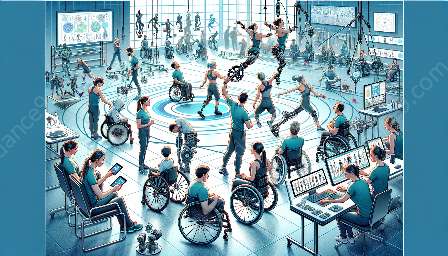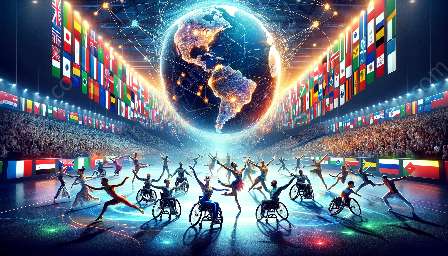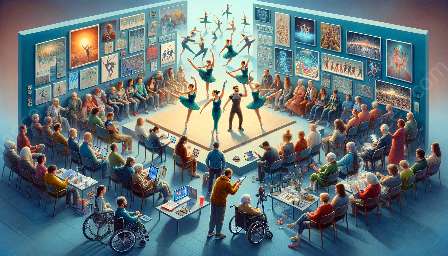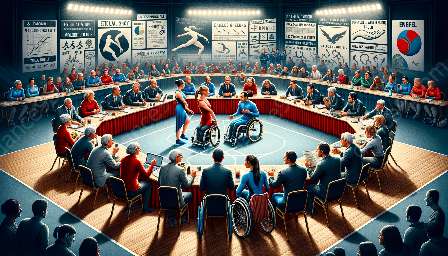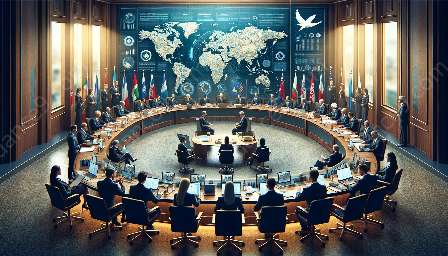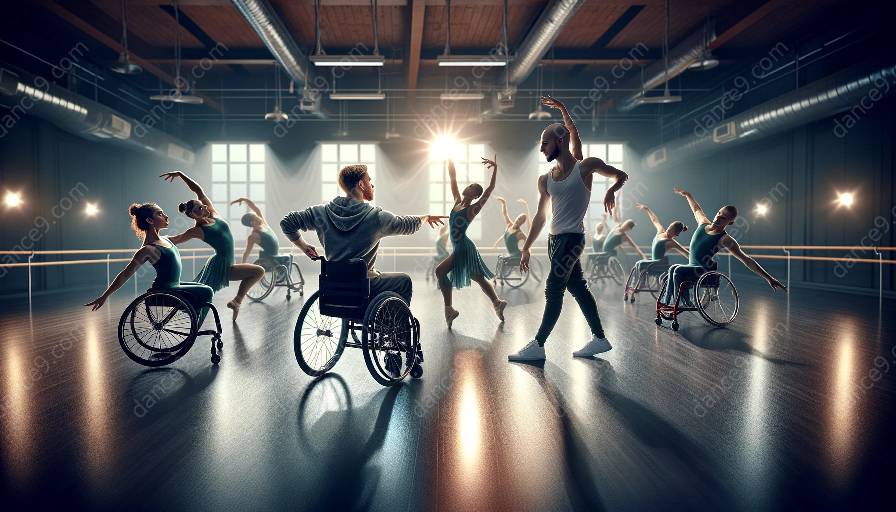Para dance, a form of dance sport for athletes with physical disabilities, showcases artistic expression through choreography that contributes to the overall beauty, emotion, and creativity of the performances. In this article, we will delve into how choreography plays a vital role in para dance sport, and its significance in the World Para Dance Sport Championships.
Understanding Choreography in Para Dance Sport
Choreography serves as the foundation of para dance sport, as it dictates the movements, formations, and artistic elements of the performances. It involves the composition of dance sequences, patterns, and transitions that harmoniously blend with the music and convey the intended emotions and narratives. In the context of para dance sport, choreography is adapted to accommodate the unique abilities and experiences of the dancers.
Key Elements of Choreography in Para Dance Sport
- Inclusive Movement Vocabulary: Choreography in para dance sport emphasizes the use of a diverse movement vocabulary that includes various techniques and styles suited for different disabilities. It aims to create a balanced and inclusive representation of movement possibilities within the performances.
- Emotional Expression: Choreography enables the dancers to express a wide range of emotions, from joy and passion to vulnerability and strength, allowing them to convey powerful narratives and connect with the audience on a profound level.
- Technical Adaptations: Choreographers in para dance sport must consider the technical adaptations required for dancers with disabilities, such as altered weight-bearing, use of assistive devices, and modifications to traditional dance techniques to ensure safety, comfort, and aesthetic fulfillment.
The Creative Impact of Choreography in Para Dance
Choreography significantly contributes to the creative and artistic aspects of para dance, fostering innovation, diversity, and individuality within the performances. It enables dancers to explore and push the boundaries of movement, challenging preconceived notions of disability while celebrating the unique capabilities and expressions of each participant.
The Role of Choreography in World Para Dance Sport Championships
The World Para Dance Sport Championships provide a global platform for para dancers to showcase their skills and artistry, with choreography playing a pivotal role in shaping the competitive routines that captivate audiences and judges alike. Choreographers and dancers collaborate to create captivating and technically precise performances that embody the essence of para dance sport while inspiring and engaging spectators from around the world.
Impact on Artistic Expression
Through innovative choreography, para dance continues to evolve as a dynamic art form, blurring the lines between sport and art. The emphasis on artistic expression elevates the overall aesthetic quality of para dance, forging a space where creativity, skill, and inclusivity intersect to redefine the boundaries of dance and disability.
Conclusion
In conclusion, choreography in para dance sport serves as a powerful tool that enhances the artistic expression and emotional resonance of performances, ultimately shaping the narrative of para dance and its representation in the World Para Dance Sport Championships. By embracing diversity, creativity, and technical excellence, choreography propels para dance into a realm of artistic beauty and cultural significance, fueling the aspirations and achievements of para dancers worldwide.

